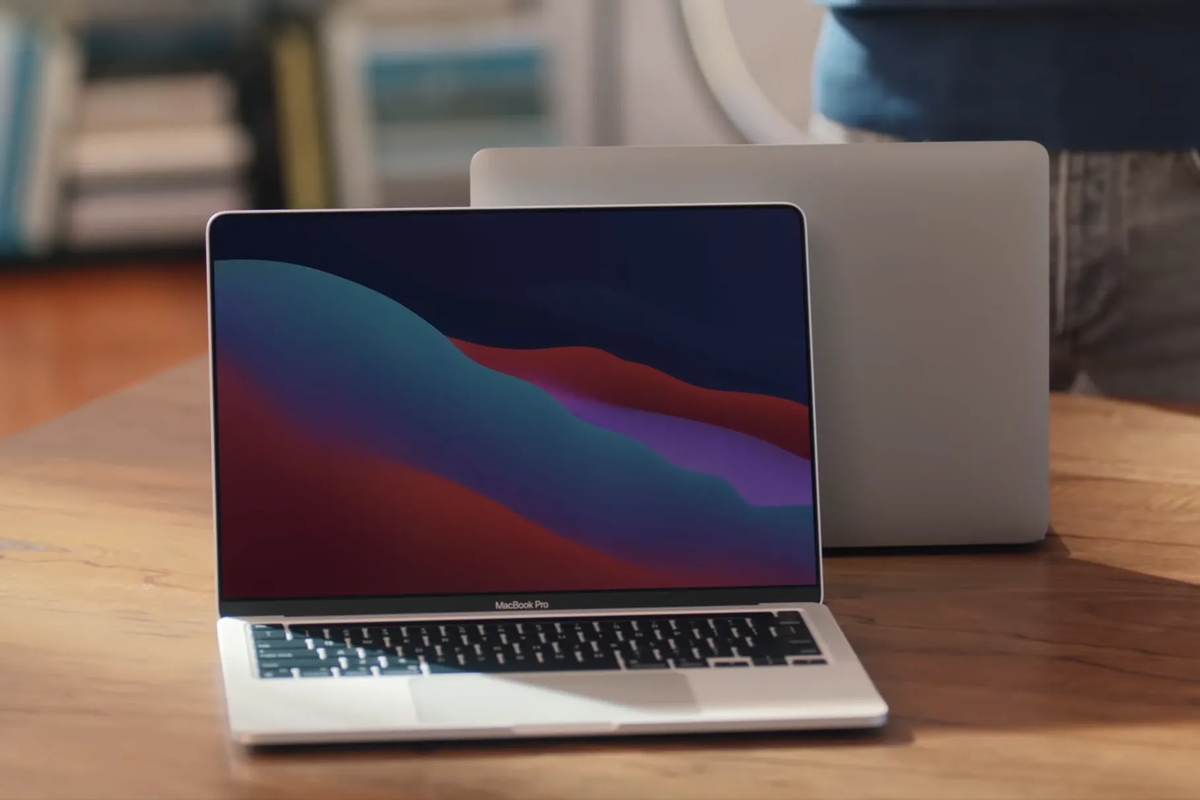

Keep in mind that this is just a starting point, especially if you're new to recording music or planning to work in a larger recording studio one day. Now you're ready to goĪs you become familiar with a comfortable workflow with Logic Pro X, you'll get a better idea of what works for you and what doesn't. This frees up your computer's headphone jack for your speakers, if you prefer wired speakers. Lastly, remember that audio interfaces come with a built-in headphone jack. You can also opt for a wireless keyboard, mouse, and speakers, so you have less to plug in. If you don't have enough ports on your Mac, you can get a USB-C hub or Thunderbolt 4 hub to expand your options. You may also be working with an external drive for sound library storage or session backups.

You'll need an available USB-C port for your audio interface, and you may want a second USB. When choosing the best Mac for Logic Pro X, don't forget what peripherals you're using and how you'll connect them. The difference between i5 and i7 is not that critical, as it is the speed and number of cores that count the most for performance capabilities. If you're buying an older Mac, you should get at least a 2.0GHz or faster 4-core processor.

Being the latest M1 design, the M1 Ultra is especially suited for professionals who handle large files and large amounts of footage in a fast-paced environment where they need to be able to work quickly. They are specifically designed for audio and video processing, making them ideal for creative Mac users. Apple's M1 silicon chip is known as a "system on a chip," or SOC, similar to the chips in the iPhone and iPad.


 0 kommentar(er)
0 kommentar(er)
